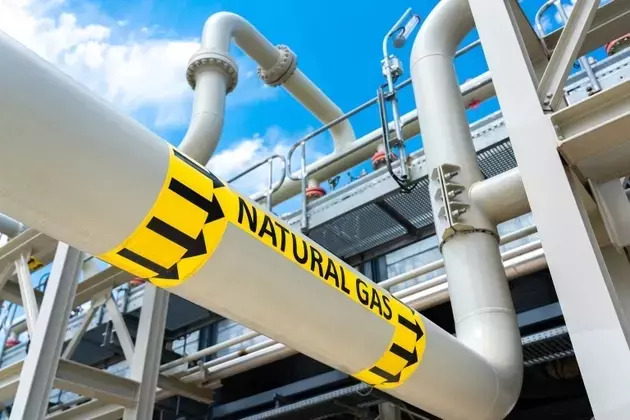
In the dynamic and often tumultuous energy sector, where oil markets experience dramatic swings, the inherent stability of natural gas-focused midstream operations, particularly those structured as Master Limited Partnerships (MLPs), frequently goes unacknowledged. These entities function primarily as critical infrastructure providers, generating consistent revenue through fees for transporting natural gas, akin to collecting tolls on a highway. This operational model insulates them significantly from the direct price volatility that impacts exploration and production companies. For investors seeking a more predictable income stream within the energy landscape, understanding the unique characteristics of these gas-centric MLPs is paramount, as they offer a distinct alternative to the more speculative aspects of the industry.
Historically, the energy sector has been characterized by cycles of boom and bust, heavily influenced by global supply and demand dynamics, geopolitical events, and technological advancements. Oil markets, in particular, are notorious for their rapid and sometimes extreme price fluctuations. However, the midstream segment, which encompasses the processing, storage, and transportation of energy commodities, operates with a different economic calculus. For natural gas midstream MLPs, their business models are predicated on long-term contracts with fixed or inflation-indexed fees, rather than direct exposure to commodity prices. This contractual stability provides a resilient revenue base, making them attractive during periods of market uncertainty.
A significant transformation has occurred within the North American midstream landscape, with a pronounced shift towards natural gas. Recent data indicates that roughly three-quarters of these critical assets are now dedicated to natural gas infrastructure, dwarfing the proportion allocated to oil. This transition reflects broader trends in energy consumption, including the increasing role of natural gas as a cleaner-burning fossil fuel in electricity generation and industrial processes, as well as burgeoning liquefied natural gas (LNG) export markets. This strategic reorientation positions natural gas MLPs favorably, as they are integral to meeting the growing demand for this essential energy source.
The emphasis on natural gas transportation through pipelines, processing facilities, and storage terminals establishes these MLPs as vital intermediaries in the energy value chain. Their asset-heavy nature and regulated revenue streams create substantial barriers to entry, further solidifying their market positions. Investors in these MLPs can benefit from their pass-through income structure, which often results in higher distributions compared to traditional corporations. This income-generating potential, combined with the defensive characteristics of their business model, offers a compelling proposition for those prioritizing yield and stability.
Ultimately, while the spotlight often gravitates towards the more sensational highs and lows of the oil market, the steadfast performance of natural gas-focused midstream MLPs offers a valuable counterpoint. These entities, with their predictable cash flows and essential infrastructure roles, navigate the broader energy market with a unique degree of resilience. Their less volatile nature and consistent income generation capabilities suggest that they may quietly deliver superior long-term performance, making them a cornerstone for a well-diversified energy portfolio.
